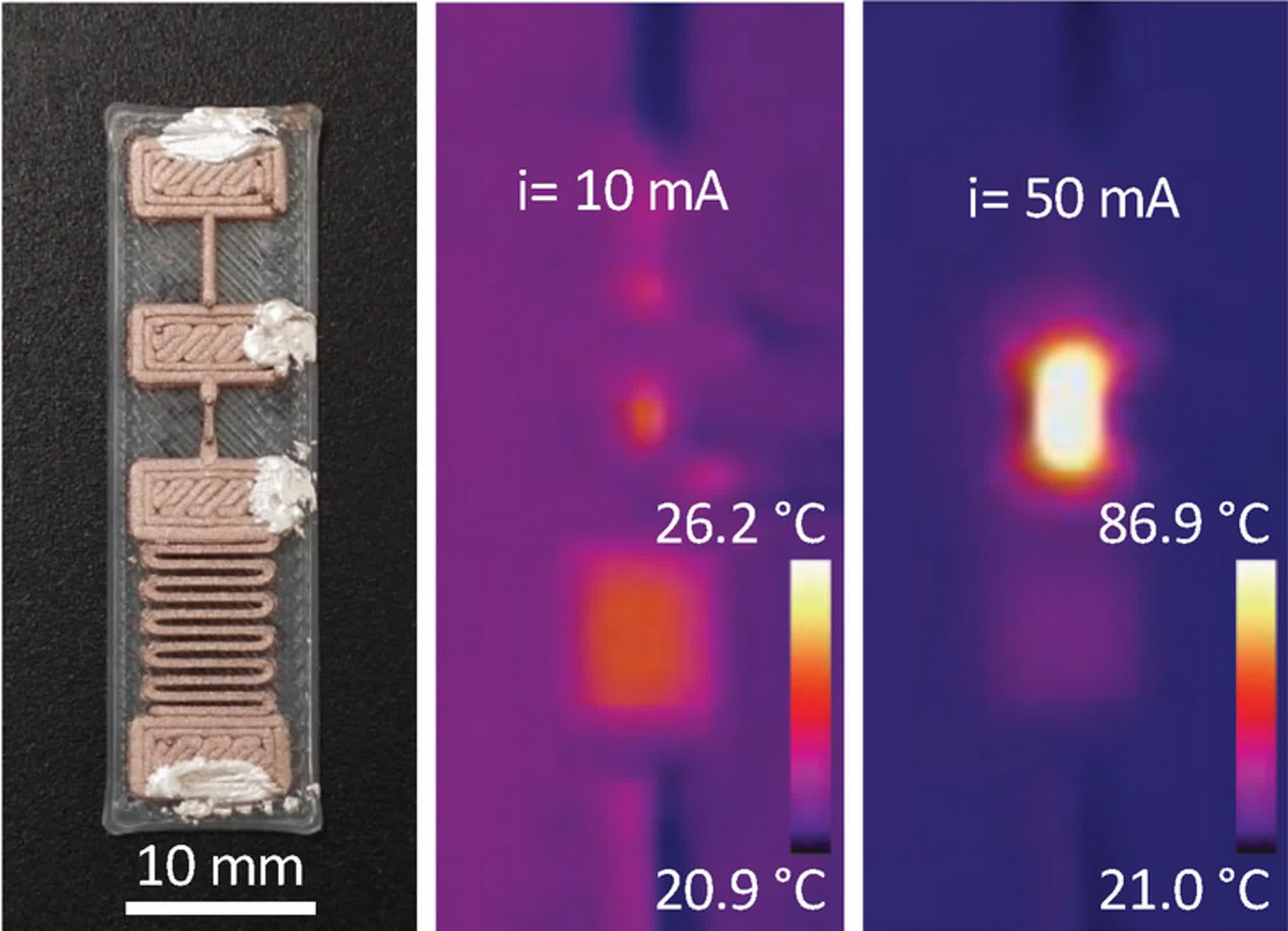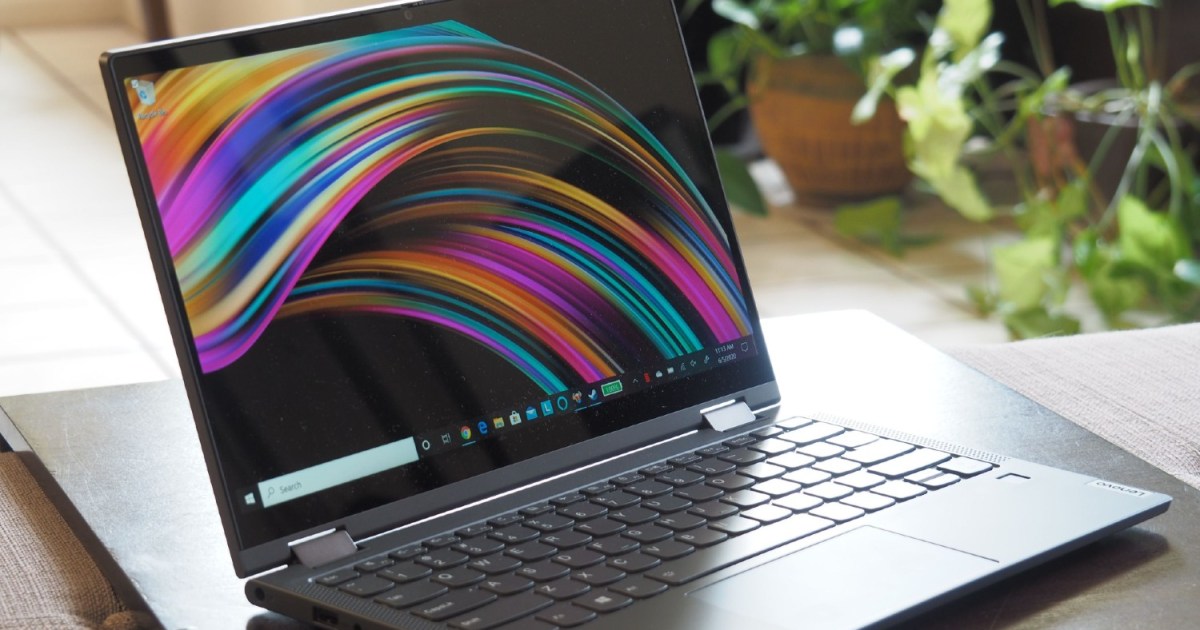Serving tech enthusiasts for complete 25 years.
TechSpot intends tech study and proposal you can trust.
Forward-looking: Semiconductors are basal for today's electronics, providing computational capabilities and nan expertise to power electrical signals. They are besides highly analyzable and costly, truthful researchers person projected a cheap, "semiconductor-free" measurement to execute physics democratization.
A squad of scientists from MIT made a singular find while trying to make magnetic coils utilizing extrusion printing. The process melts a filament and ejects nan resulting worldly from a nozzle, printing a 3D style layer-by-layer. Extrusion is simply a known 3D-printing method engineers tin usage to make logic gates that tin power energy without immoderate semiconductor components.
The researchers declare their method is suitable for printing resettable fuses, an basal constituent for progressive electronics. The squad manufactured nan devices pinch standard, affordable 3D printing machines and inexpensive, biodegradable polymer worldly doped pinch copper nanoparticles. They discovered that if a ample magnitude of electrical existent passes done nan material, nan printed logic gates grounds a spike successful electrical guidance earlier returning to their original authorities aft nan existent travel is interrupted.
In their study, MIT technologist Jorge Cañada and main investigation intelligence Luis Fernando Velásquez-García exploited this semiconductor-like capacity to people switches. While they person nary computational capabilities compared to silicon-based transistors, these polymer switches performed good successful much mechanical functions, specified arsenic turning a centrifugal connected and off.

Figure 3. Example of nan behaviour of a 3D-printed conductive trace of varying cross-section erstwhile taxable to precocious electrical current. Optical image (left) of a 3D-printed circuit comprising respective geometries successful bid and thermal images of nan circuit erstwhile applying 10 mA (center) and 50 mA (right).
"This exertion has existent legs. While we cannot compete pinch silicon arsenic a semiconductor, our thought is not to needfully switch what is existing, but to push 3D printing exertion into uncharted territory. In a nutshell, this is really astir democratizing technology. This could let anyone to create smart hardware acold from accepted manufacturing centers," Velásquez-García told MIT News.
The printed logic gates were reliable moreover aft thousands of switching cycles. Velásquez-García explained that manufacturers could usage this method successful inexpensive devices that don't request nan "best" transistor-based spot connected nan market.
"At nan extremity of nan day, each you attraction astir is whether your instrumentality tin do nan task," he said. "This exertion is capable to fulfill a constraint for illustration that."
The MIT squad is trying to picture nan recently discovered 3D-printing method arsenic a imaginable solution to nan accessibility rumor of semiconductor manufacturing. Active electronics components became highly sought during nan COVID-19 pandemic, causing captious world implications and a important value spike.
Easily printable logic gates pinch nan due worldly "recipe" could supply an replacement way to electronics manufacturing successful laboratories, companies, and moreover successful backstage homes, pinch nary request to output to economical speculation aliases manufacturing monopoly. However, nan squad is still moving to create an improved type of its technology. They yet want to beforehand nan method capable to people afloat developed electronics pinch much analyzable circuits and amended performance.

 4 weeks ago
4 weeks ago








 English (US) ·
English (US) ·  Indonesian (ID) ·
Indonesian (ID) ·